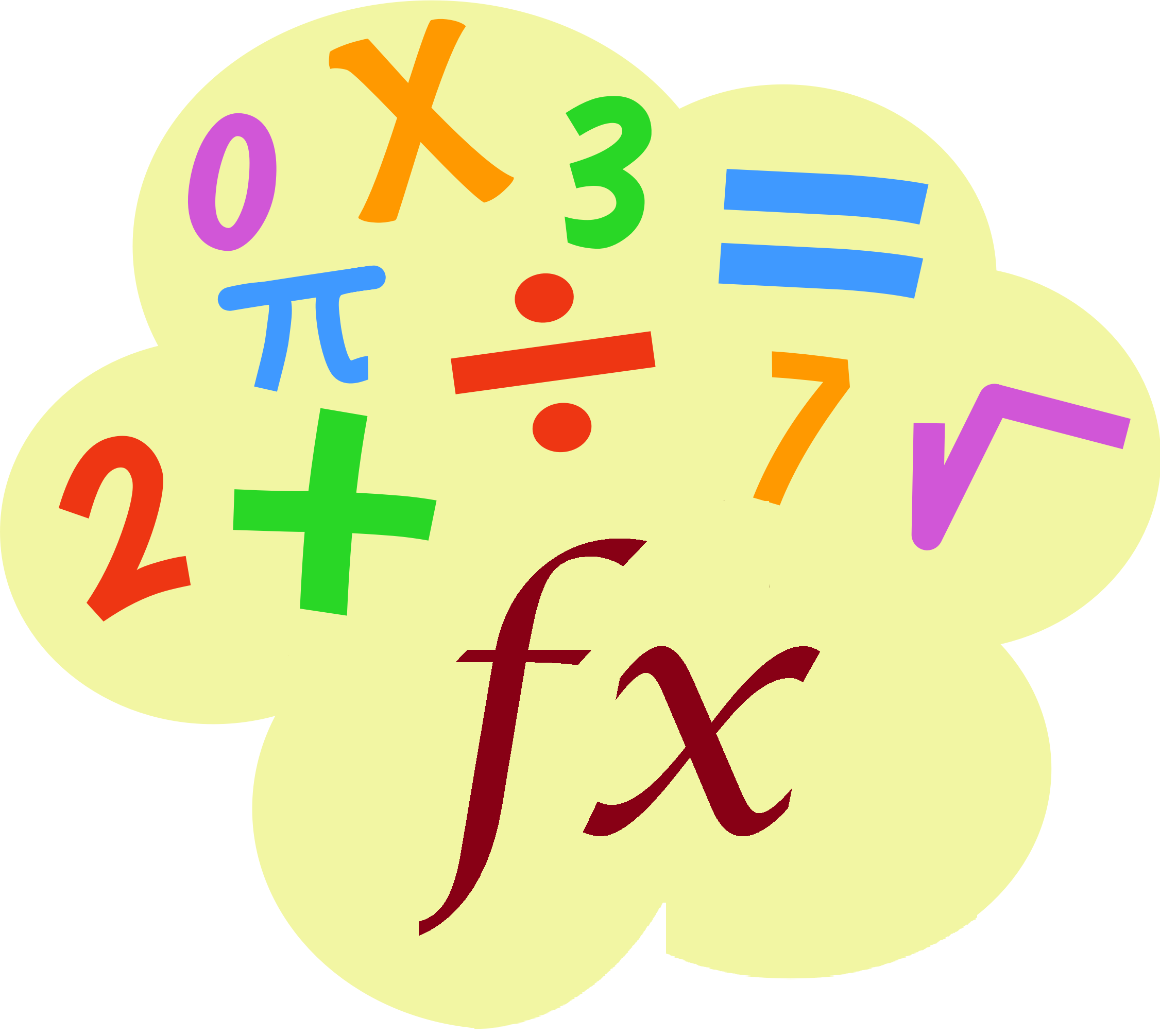AVERAGE function: Description, Usage, Syntax, Examples and Explanation
What is AVERAGE function in Excel? MODE.SNGL function is one of Statistical functions in Microsoft Excel that returns the average (arithmetic mean) of the arguments. For example, if the range A1:A20 contains numbers, the formula =AVERAGE(A1:A20) returns the average of those numbers. Syntax of AVERAGE function AVERAGE(number1, [number2], …) The AVERAGE function syntax has the following arguments: Number1 Required. …
